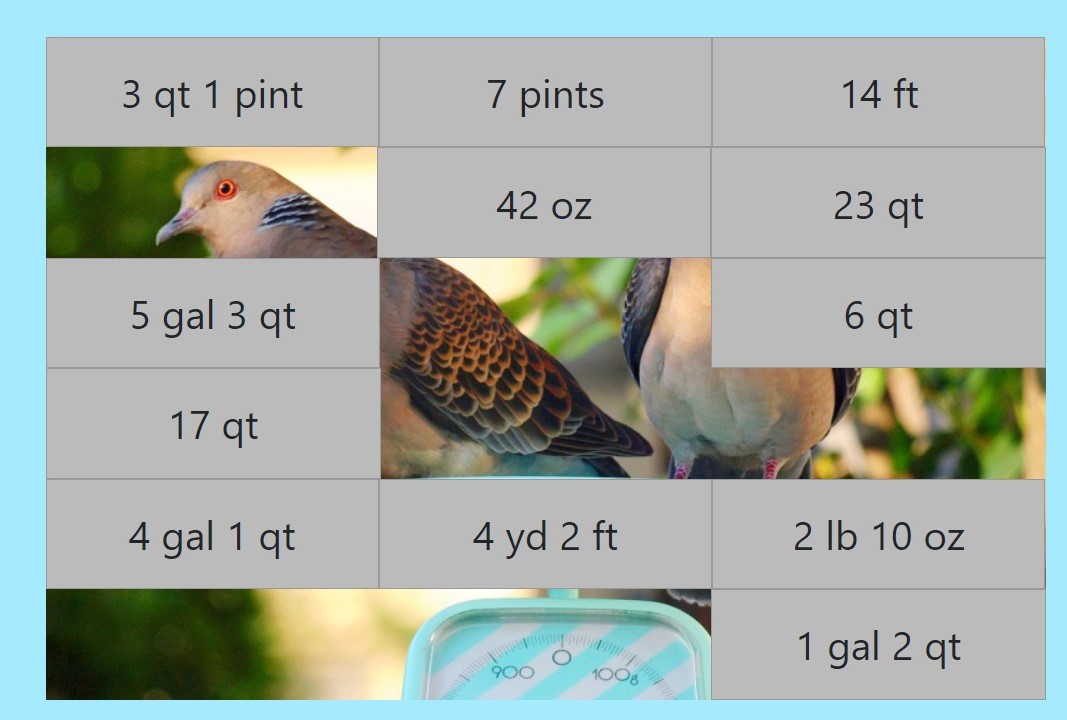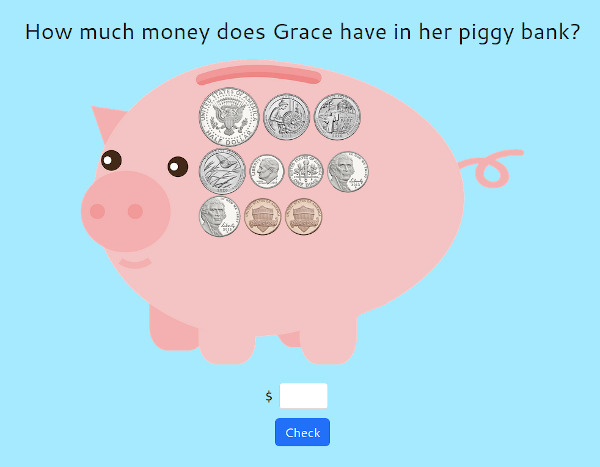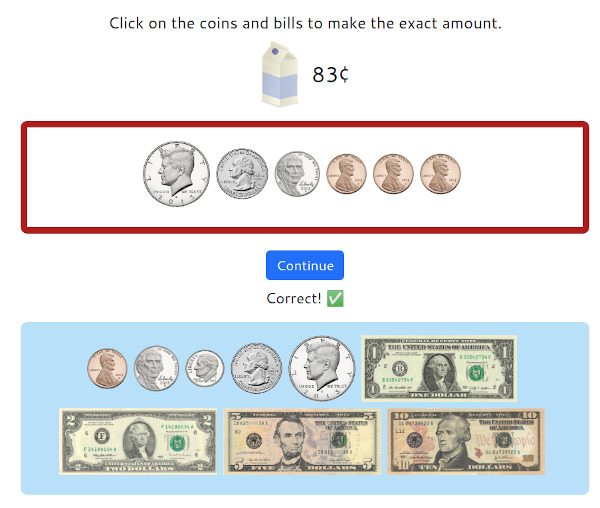 Hi again!
Hi again!
May is busy time for many homeschoolers. I hope these tips will be helpful! 😀 |
1. Math Mammoth news (SALES!)Teachers Pay Teachers (TPT) will run a Teacher Appreciation Sale from May 4-5. You can get my products at TPT at up to 25% off! Use code THANKYOU21. Check out my TPT store here.LULU is once again running a sale (they are running a sale nearly all the time). You can get 15% off with the code SPRING15. Offer valid through May 7. Follow links to Lulu from the product pages of MathMammoth.com. For the Light Blue series, you can use the links on this page. Or search for Math Mammoth at Lulu.com. Also... I will run a sale at the MathMammoth.com website in mid-MAY. Stay tuned! |
2. Generate new download links for Math Mammoth products (digital version)If you have ordered a digital version of a Math Mammoth product at the MathMammoth.com website since September 2016 (through Comecero), and have lost the files, OR would like the latest version, you can now generate a new download link for yourself on this page. :). |
3. Measurement units matching gameOne other new game at Math Mammoth Practice: measurement units matching game. This is meant for practicing conversions between common measuring units, both metric and customary. Lots of options! |
4. Counting coins & shopping gameHere's a short outline of how to teach children about counting coins. The main idea is to take it step-by-step, starting with ONLY TWO types of coins and gradually introducing the rest.Once the child has learned about tens and ones, in other words, once they can solve problems such as 30 + 4, 70 + 2, 20 + 8, etc., you can introduce dimes and pennies (or the equivalent to 10-cent and 1-cent pieces in your currency). Ask your child to make a money amount, such as 34 cents, with dimes and pennies. Then they will ask YOU to make a money amount they request. Take turns... it is like a game and little ones will enjoy it! Then in the next step, introduce nickels (5-cent pieces). You might first practice with nickels and dimes alone, so they get the hang of counting by fives. Then add the pennies to it too. Show how to count the coins starting from the biggest coin value to the smallest. Quarters might need some practice on their own at first... in other words, count amounts that have ONLY quarters. Then practice quarters and nickels only. And quarters and dimes only. And so on. Here's a new activity at MM Practice where children can count coins. You can choose which exact coins to count, limit the maximum number of coins/bills, etc. And it's available in many currencies, such as Canadian, Australian, Euro, British, and Chinese! Some children might enjoy exploring these other currencies just for fun. Here's another, SHOPPING game or activity, about coins/bills that we recently finished. Again, it's available in multiple currencies. 😀 |
5. Two strategies for pesky word problemsTen years ago (May 2011), my daughter had to tackle this word problem in her 5th grade Math Mammoth (lesson Multiply Mixed Numbers):This requires the student to
She didn't understand it, she said. My first "help" was this: "Let's say we change those fractions to whole numbers 6 and 3. Can you mark those in the image? Would you be able to solve the problem now?" The strategy I used is: If you can't solve the problem at hand, change it and make it easier. Then try to solve the easier problem. She was able to mark 6 and 3 on the sides of the rectangle (that is inside the square). But she said she couldn't solve it. She said it's not possible to find the area of the colored area! Then I asked her, "Is there anything you CAN find? Is there anything you CAN solve using this information?" And this is another great strategy in solving any problem (whether math or not): If you can't find the answer to the question in the problem, solve what you CAN solve. That might lead you to find the answer to your question somewhere along the way! I said, "Well, we CAN find the area of the square. It is 100 square inches. We CAN find the area of the rectangle inside it." THEN immediately after I said that, she saw it: "OHH! SUBTRACT!" And on she went to multiply the mixed numbers in the problem. So the story had a happy ending! Read the complete solution |
6. Just for fun!
Thanks for reading! 🙂 Feel free to forward this issue to a friend/colleague! Subscribe here. Till next time, Maria Miller |
| Privacy & your personal data | Contact | Math Mammoth freebies | Placement tests |
| Complete curriculum | Do You Really Want Help? | Visit us on Facebook | Newsletter Archives |



 The square on the right measures 10 in. × 10 in. and
the rectangle inside it measures 6 7/8 in. × 3 1/2 in.
How many square inches is the colored area?
The square on the right measures 10 in. × 10 in. and
the rectangle inside it measures 6 7/8 in. × 3 1/2 in.
How many square inches is the colored area?